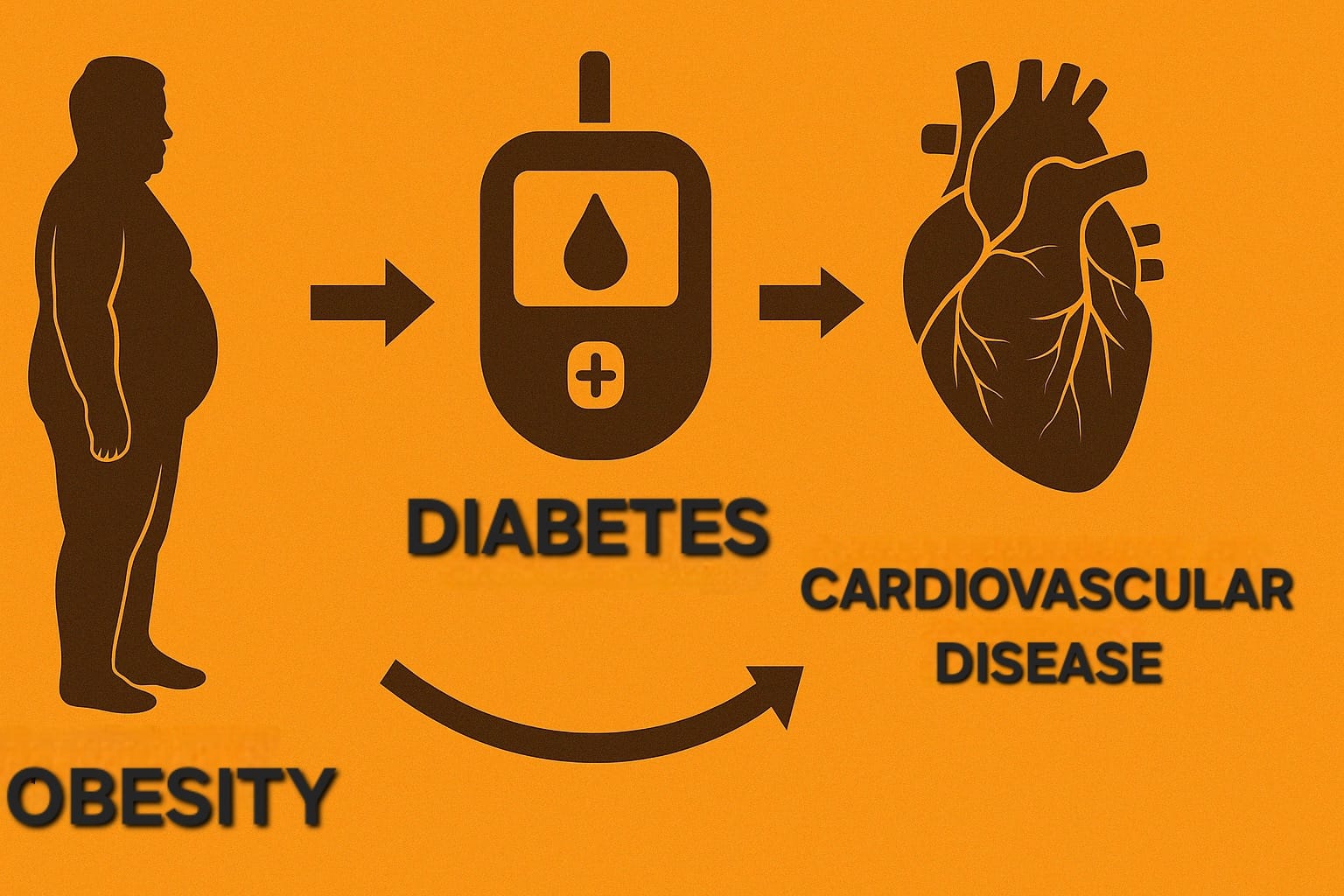Sweet Solutions: Rare Sugars and the Fight Against Metabolic Disorders
Rare sugars represent a compelling area of research with the potential to contribute significantly to the management of metabolic disorders.

In the ongoing battle against metabolic diseases such as type 2 diabetes and obesity, the scientific community continues to explore innovative strategies to curb their prevalence. One promising avenue lies in the realm of rare sugars, naturally occurring monosaccharides present in minute quantities in nature. Unlike common sugars like glucose and fructose, rare sugars such as D-allulose, D-tagatose, and D-sorbose offer sweet taste with minimal caloric impact, making them attractive candidates for dietary interventions.
Recent research conducted by a team in Japan, published in the journal Nutrients, delved into the effects of these rare sugars on glucagon-like peptide-1 (GLP-1) secretion and food intake in male mice. GLP-1 is an incretin hormone that plays a pivotal role in glucose metabolism and appetite regulation. The study aimed to assess whether rare sugars could stimulate GLP-1 release and consequently suppress food consumption, thereby offering potential benefits for metabolic health.
The researchers administered various sugars, including two aldohexoses (D-glucose and D-allose) and four ketohexoses (D-fructose, D-allulose, D-tagatose, and D-sorbose), to fasting male mice. They measured GLP-1 levels in portal vein plasma one hour post-administration and monitored food intake over a 24-hour period. The findings revealed that the ketohexoses like D-fructose, D-allulose, D-tagatose, and D-sorbose significantly elevated GLP-1 levels in a dose-dependent manner. Notably, these sugars also suppressed food intake during the initial six hours following administration, highlighting their potential role in appetite regulation.
Interestingly, D-allose, an aldohexose, exhibited a unique profile. While it did not significantly enhance GLP-1 secretion, it still managed to suppress food intake, suggesting an alternative mechanism of action independent of GLP-1 pathways. Further experiments involving GLP-1 antagonism confirmed that D-allose's appetite-suppressing effects were not mediated by GLP-1, indicating the presence of other physiological pathways at play.
The implications of these findings are substantial. Incorporating rare sugars into the diet could offer a dual benefit: providing sweetness without the caloric burden of traditional sugars and modulating hormonal responses that influence appetite and glucose metabolism. This approach aligns with the growing interest in functional foods that offer health benefits beyond basic nutrition.
Beyond their effects on GLP-1 and appetite, rare sugars have also been studied for their impact on lipid metabolism and insulin sensitivity. For instance, D-allulose has been shown to improve insulin resistance and reduce hepatic fat accumulation in diet-induced obese mice. These effects are believed to be mediated through alterations in gene expression related to lipid metabolism and changes in gut microbiota composition.
Moreover, the absorption of rare sugars in the intestine involves specific transporters. Studies indicate that D-allulose, D-tagatose, and D-sorbose are absorbed via the GLUT5 transporter but not through the sodium-dependent glucose cotransporter 1 (SGLT1). This selective absorption may contribute to their unique metabolic profiles and minimal impact on blood glucose levels.
The potential of rare sugars extends to human health as well. Clinical trials have explored the effects of D-allulose and erythritol on gut hormone release and satiety in humans. These studies suggest that rare sugars can stimulate the release of satiety hormones like GLP-1 and peptide YY (PYY), leading to reduced food intake and improved glycemic control.
However, while the preclinical and clinical data are promising, further research is necessary to fully understand the long-term effects and safety of rare sugar consumption in humans. Questions remain regarding optimal dosing, individual variability in response, and potential interactions with other dietary components.
In conclusion, rare sugars represent a compelling area of research with the potential to contribute significantly to the management of metabolic disorders. Their ability to modulate key hormones involved in appetite and glucose regulation, coupled with their low caloric content, positions them as valuable tools in the development of functional foods aimed at improving metabolic health. As the scientific community continues to discover the complexities of these unique sugars, they may well become integral components of dietary strategies designed to combat the global rise in obesity and type 2 diabetes.
 Sunny Parayan
Sunny Parayan
#FunctionalFoods #MetabolicHealth #DiabetesPrevention #ObesityAwareness #HealthyEating #NutritionScience #FoodScience #HealthInnovation #HealthyChoices #WellnessJourney #SugarAlternatives #healthvoice
